Best Programming Practices: How to Write High-Quality Code
Learn essential programming practices to write clean, readable, and efficient code
TECHCAREER
Laura Oliveira
3/31/20254 min read


In the world of software development, writing code that works is just the first step.
The true skill lies in creating code that is easy to understand, maintain, and scale. Best programming practices not only improve software quality but also make teamwork more productive and harmonious.
In this article, we will explore essential best practices to ensure clean, organized, and efficient code.
1. Clearly Define Code Responsibilities
One of the main causes of confusing code is the lack of clearly defined responsibilities for each module, class, or function. The Single Responsibility Principle (SRP) suggests that each class or function should have only one well-defined responsibility. This facilitates maintenance, reduces component coupling, and improves code testability.
Bad Practice Example:
Here, the ReportService class is handling two responsibilities: generating and sending the report. Ideally, these responsibilities should be separated into different classes.
Best Practice Example:
By following Single Responsibility Principle (SRP), each class now has a single responsibility, making the code easier to manage and test.
2. Prioritize Code Readability and Clarity
Well-written code should not require a manual to understand. A good developer writes code with the next person in mind (which could be themselves in the future!).
Tips for Improving Readability:
Use descriptive variable and function names;
Avoid abbreviations and generic names like `data`, `temp`, `var1`;
Separate logical blocks with proper spacing;
Avoid excessive nesting of conditions and loops.
Bad Code Example:
Improved Code Example:
3. Use Comments Wisely
Although good code should be self-explanatory, there are moments when comments are necessary, especially for complex logic or business rules.
How to Use Comments Effectively:
Explain the why, not the how of the code;
Avoid redundant or obvious comments;
Use comments to document non-trivial solutions.
Example of a Good Comment:
4. Write Self-Explanatory Commit Messages
Each commit should clearly describe the changes made. Well-written commits make it easier to review the code history and understand project evolution.
Tips for Better Commits:
Use descriptive and concise messages;
Prefer imperative tense (e.g., "Add email validation");
Reference the related task if using a task management system.
Example of a Good Commit Message:
5. Keep It Simple
Before implementing complex solutions, ask yourself repeatedly:
"Is the basic approach well executed?"
A simple and well-structured code is enough to solve the problem.
Example of Unnecessarily Complex Code:
Simplified Version:
6. Follow Consistent Coding Standards
Different teams and projects have different coding standards, but the key is to remain consistent. Consistency improves collaboration and reduces cognitive load when reading the code.
Key Aspects of Coding Standards:
Follow naming conventions (e.g., camelCase in JavaScript, snake_case in Python);
Organize imports and remove unused dependencies;
Format the code properly (use linters and formatters like Prettier, Black, or KotlinLint);
Keep functions short and focused on a single task.
7. Optimize Code for Performance (Only When Necessary)
Premature optimization can lead to unnecessary complexity. However, in performance-critical applications, optimizations should be considered.
Performance Best Practices:
Avoid unnecessary loops and redundant calculations;
Use efficient data structures (e.g., HashMap instead of List for fast lookups);
Optimize database queries (e.g., use indexing, batch processing).
8. Write Unit Tests
Testing ensures that your code works as expected and helps prevent future bugs. Unit tests validate individual components, while integration tests ensure that multiple components work together.
Tips for Writing Good Tests:
Test one thing per test case;
Use meaningful test names that describe expected behavior;
Mock dependencies to isolate the unit being tested.
Conclusion
Applying best programming practices is not just about style but also about productivity and long-term maintainability. Writing readable, organized, and well-documented code contributes to a more efficient and collaborative work environment.
Next time you code, ask yourself:
Is the code clear and intuitive?
Does the structure follow best practices like SRP?
Is the basic implementation well done?
If your answer is "yes", you’re on the right path to writing high-quality code! 🚀
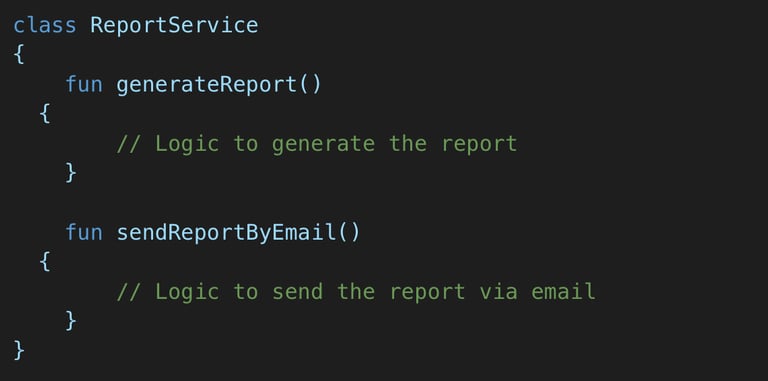

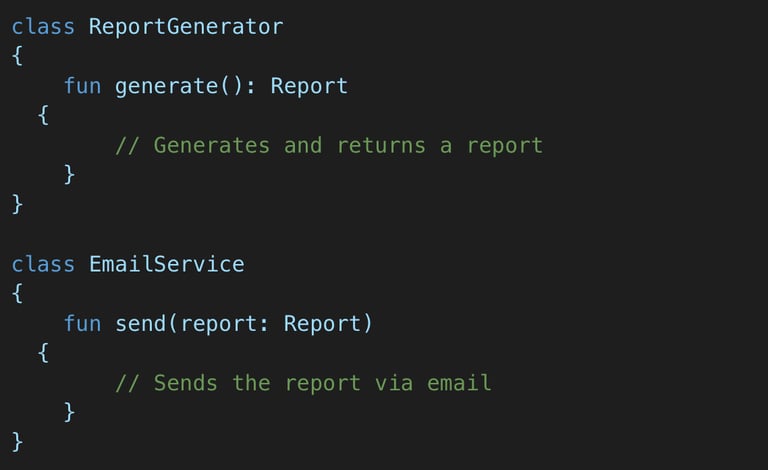


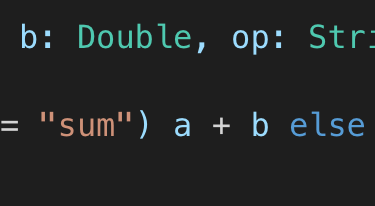
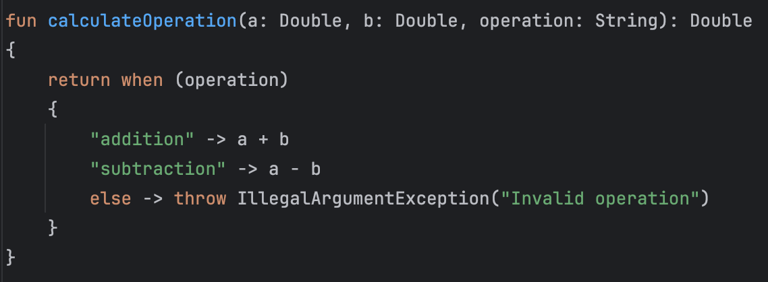


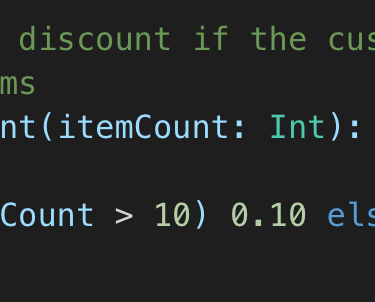

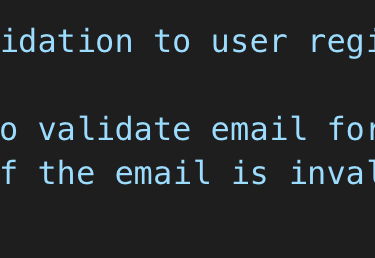
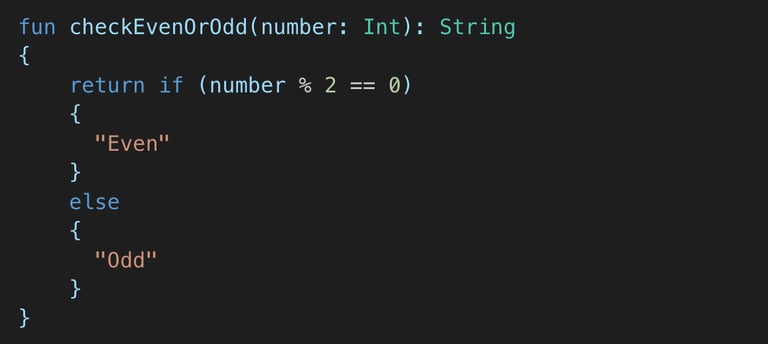


Laura Oliveira
Mobile Developer and Content Creator
Fascinated by technology since she was a teenager, she loves solving problems and learning new things.
I currently work bringing ideas to life for Android apps.
I have +2 million people impacted through the production of digital content.


2M+
3
Years Creating Content
Content Reach
